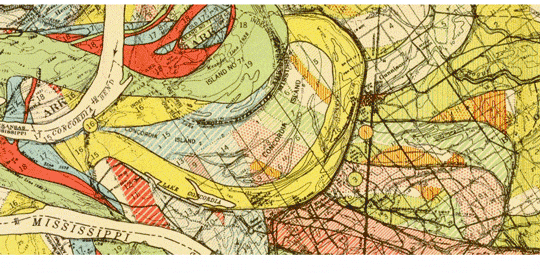

Algorithmic Design, System Thinking
I’m always looking for more practical uses for the techniques I talk about here. Not that there’s anything wrong with using them for games, but I want to broaden my horizons beyond that (and maybe bring you along for the ride).
So when I came across these articles by Jer Thorp, a software artist, they immediately caught my attention: here’s a practical, sobering use of generative design. Jer used an iterative, algorithmic process to design the layout for the names on the 9/11 memorial in NYC.
If you’ve ever been involved in designing a memorial or a tomb you might have some
insight into the weight of the responsibility. This is how we record our memories of those we’ve lost. Getting it right means a lot to the people who are still here.
There were numerous constraints on the design process: from requests from the families to the shape of the type used on the memorial. Solving them by hand would have been impossible, so a set of tools was developed that modeled the problem as a complete system and let the designers adjust the parameters until they found a design that satisfied all of the constraints–including the artistic constraints that the humans were better at designing than the machine.
In addition to the practical design use, I want to highlight the role that the constraints played: Jer contends that by considering more of the constraints and thinking of the entire system they were able to achieve a better result.
You Say Data, I Say System: https://hackernoon.com/you-say-data-i-say-system-54e84aa7a421
All the Names: Algorithmic Design and the 9/11 Memorial: http://blog.blprnt.com/blog/blprnt/all-the-names
